I've been an iPhone user for over six years now,Chilli and Banana around the time the iPhone 4 came out I switched from a BlackBerry Curve after growing tired of RIM's stagnant platform and constantly having to force reboot the damn thing by removing its battery. Most of my friends were still heavy BBM users and that was a major platform lock-in, as cross-platform messaging clients like WhatsApp weren't yet mainstream.
With the rise of apps however, switching didn't feel much of a gamble. It was clear that modern phone platforms like iOS (then named iPhone OS) and Android were the way of the future – it just happened to be the case at the time that Apple had a vastly superior app catalog, and in my opinion a better overall user experience, as well as a superb hardware package.
I use my smartphone a lot but I'm not a frequent upgrader. Since 2010 I only upgraded once to the iPhone 5s in late 2013 and now halfway into 2016 it was time for another upgrade.
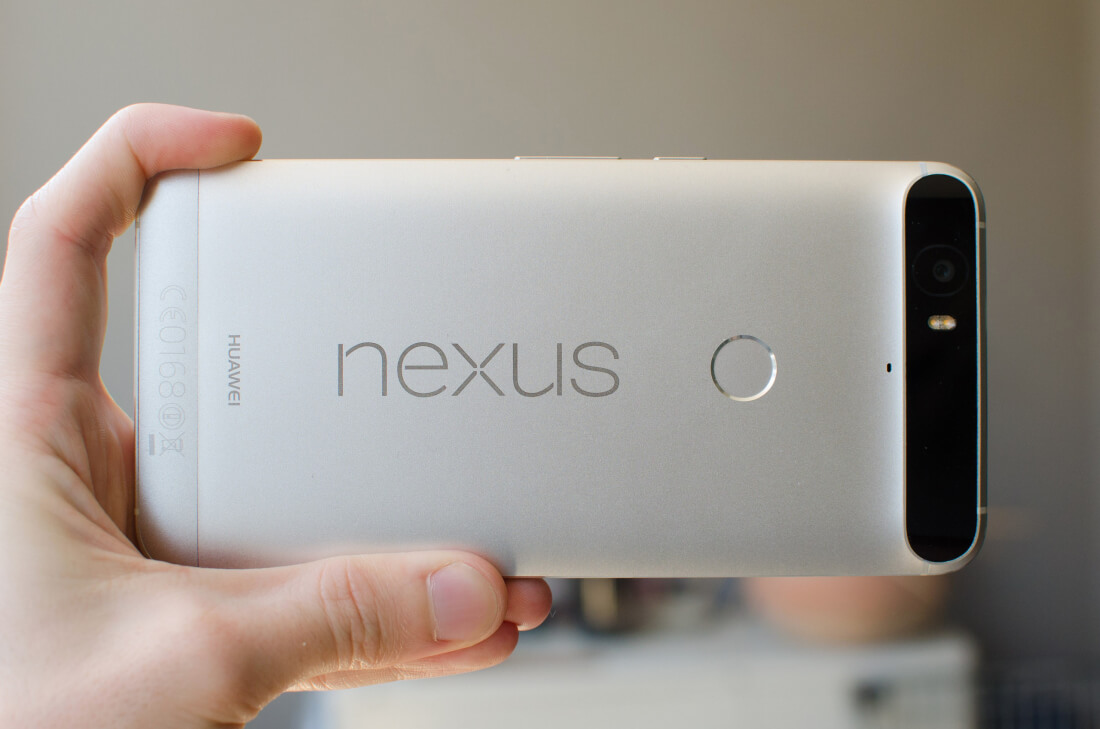
Up until recently I had only used Android for minutes at a time and never as my daily driver. But hearing how Google's smartphone platform had evolved so significantly since I first became an iPhone user, both in terms of software and hardware, I decided it was time to give it a try. Having my office peers, some of whom are also Mac users, insist to give Android a try helped me take the plunge.
For what it's worth, I started the temporary switch for the purpose of writing an article about it, using Google's mobile operating system with fresh eyes coming from an iPhone. But as it turns out, a few weeks later I'm not just switching short term, my new phone is the Google Nexus 6P and I intend to keep it until my next upgrade.
In 2010 I also switched from Windows to Mac and have since bought a few other iDevices which should only make things more interesting, as I'll be stepping away from the comfort of living under a unified ecosystem. Read on for my experiences thus far.
I didn't just woke up one day wanting to ditch my iPhone but there were a couple of things that prompted me to look elsewhere for my next phone upgrade. The first one was battery life and fast charging. Sure, the Nexus 6P I ultimately settled with is not the best device to be making this argument, as it's slightly outclassed by the iPhone 6s in our tests – but then again, the Nexus 6P is ~$200 cheaper and can get a quick battery boost much faster than Apple's iPhone.
The other thing I really dislike about iPhones is how Apple still gives you a painfully inadequate 16GB of internal storage in its base $650 model, hoping to extract an extra $100 from your wallet to upgrade to 64GB. So instead of dropping upwards of $750 on a new iPhone I contemplated getting a great phone for a lot less while still getting a good 32GB of internal storage to begin with.
Other than that I had no major gripes with the iPhone's software or anything performance related.
So off I went with my new Google Nexus 6P. In terms of design and build quality I didn't feel like this was a step down at all from Apple's renowned level of craftmanship and attention to detail. The Huawei-made Nexus 6P features premium materials on the front and back, with the metal chassis delivering an excellent look and feel comparable to anything Apple would build.
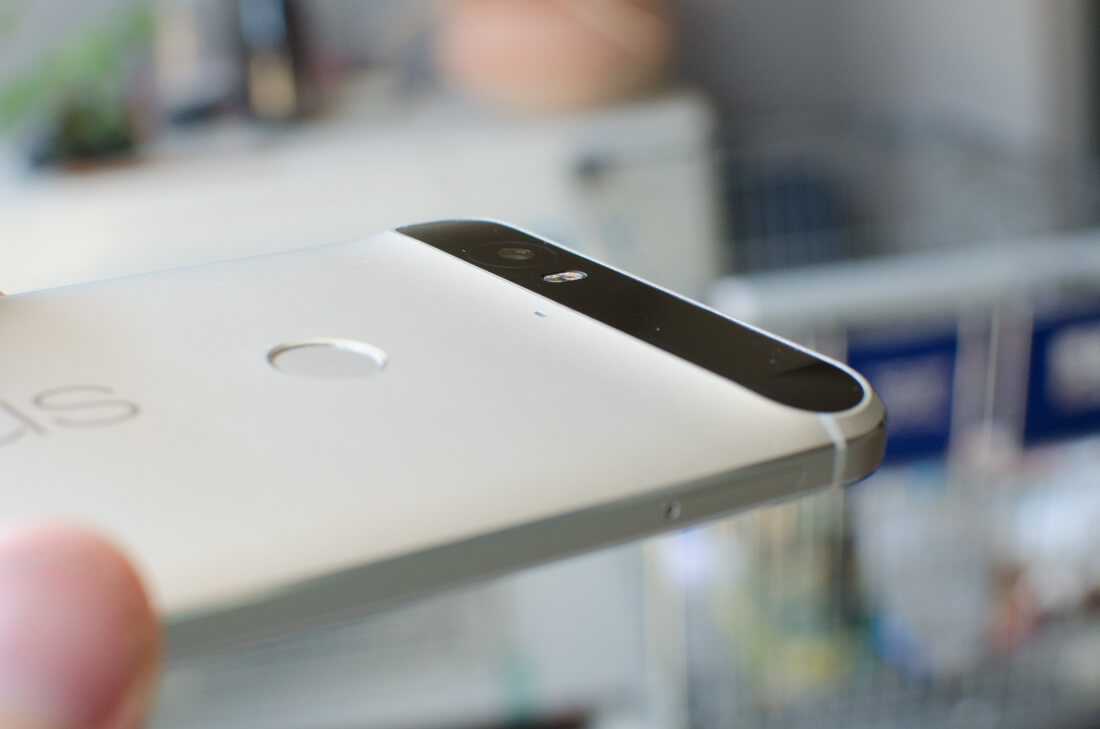
Coming from the 4.0-inch iPhone 5s it's taken me a while to adjust to the plus-sized 6P. One handed use is too awkward and I often find myself accidentally touching the screen with the base of my palm when trying to reach something on the other end. The extra real estate is appreciated too, so there's a bit of a trade off there, but perhaps for my next upgrade I'll look for something closer to 5 inches.
I won't bother drawing comparisons between the hardware inside the Nexus 6P and my old iPhone given the obvious differences coming two years apart. Suffice to say it's been a nice upgrade across the board with a beautiful AMOLED display, excellent camera, larger battery, more storage and a very capable – not range-toppping – SoC providing smooth performance in general app usage.
The fingerprint reader, which has become an essential feature for me, is also extremely fast and accurate. Its positioning on the back feels natural and easy to reach when holding the phone – though there are times when I miss the front-facing sensor of the iPhone to be able to quickly check something without having to pick it up from the desk. It's a minor annoyance.
You can read TechSpot's full review of the Google Nexus 6P here.
Switching smartphone platforms shouldn't be too complicated. First you transfer your data from the old phone to the new one, then you install your favorite apps or their equivalents, and finally you spend some time customizing the settings, home screen layout, and so on.
For the most part things went smoothly as most of the things I wanted to keep were backed up in the cloud. However I did hit a snag when attempting to transfer my WhatsApp chat history, which was important to me as I wanted to save some business-related chats with customers. Turns out WhatsApp for iPhone backs up exclusively to iCloud, while WhatsApp for Android backs up exclusively to Google Drive, and there's no official way of porting one over to the other without a third party app.
Several hours and a Bootcamp partition later to be able to run the required Windows-only migration tool, I was ready to start downloading all my favorite apps or finding replacements for them.
All major apps and services are readily available on the Google Play Store with similar quality and functionality to their iOS counterparts. That's not always the case for apps from smaller developers and niche services where iOS still has an edge, but the difference in app quality was not a factor most of the time, and I was usually able to find something I was happy with – from a third party Twitter client (Talon), to an IP camera viewer (OWLR), a replacement for my Apple TV remote (CiderTV) and a few others. The only niche app that comes to mind that I haven't found a replacement for and I'm really, reallymissing it is a keyboard app called KeyReply for paragraph-long quick preset replies.
As you would expect Android integrates much better with Google services than iOS, but the company has done such a good job bringing its apps to iOS that I didn't initially feel I was missing out on anything important. That said, the integrated Google search bar on the home screen makes looking up stuff online a little bit faster and more convenient than on an iPhone. I still often find myself manually launching Chrome to perform a search out of force of habit from my iPhone days, however.
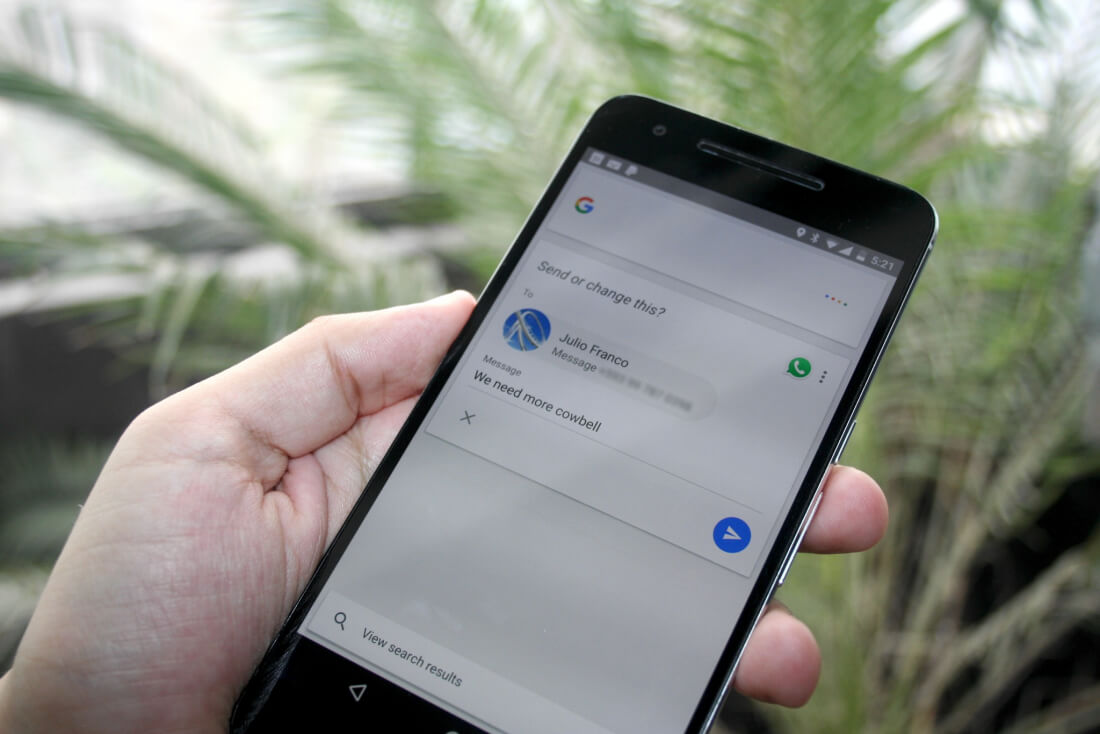
Alternatively you can use voice search which works similar on both platforms, though Google Now seems a little more proficient than Siri at recognizing speech both in English and Spanish. This may or may not be important to you depending on how you search. Until voice assistants get much smarter, I mostly use them for simple commands like setting up reminders, or calling someone.
Google Now is also more flexible and therefore more useful in that it integrates with several third party apps – for example, you can ask it to text someone using a particular messaging app. This is something that Apple plans to address with the next version of iOS this fall.
Another major advantage of Android is being able to pick whatever default app you prefer instead of forcing its first party apps on you like Apple does. It might seem a little annoying at first but once you've taught Android your preferred apps for different file types you won't have to deal with it again.
Where Android wins hands down is in the way it displays notifications and lets you interact with them. This has been one of my favorite things about switching to Android. As Tim noted in his Android to iPhone counterpart to this article, you can only interact with notification snippets on iOS immeditly after they arrive, there's no interactivity within the center itself aside from simply opening the associated app.
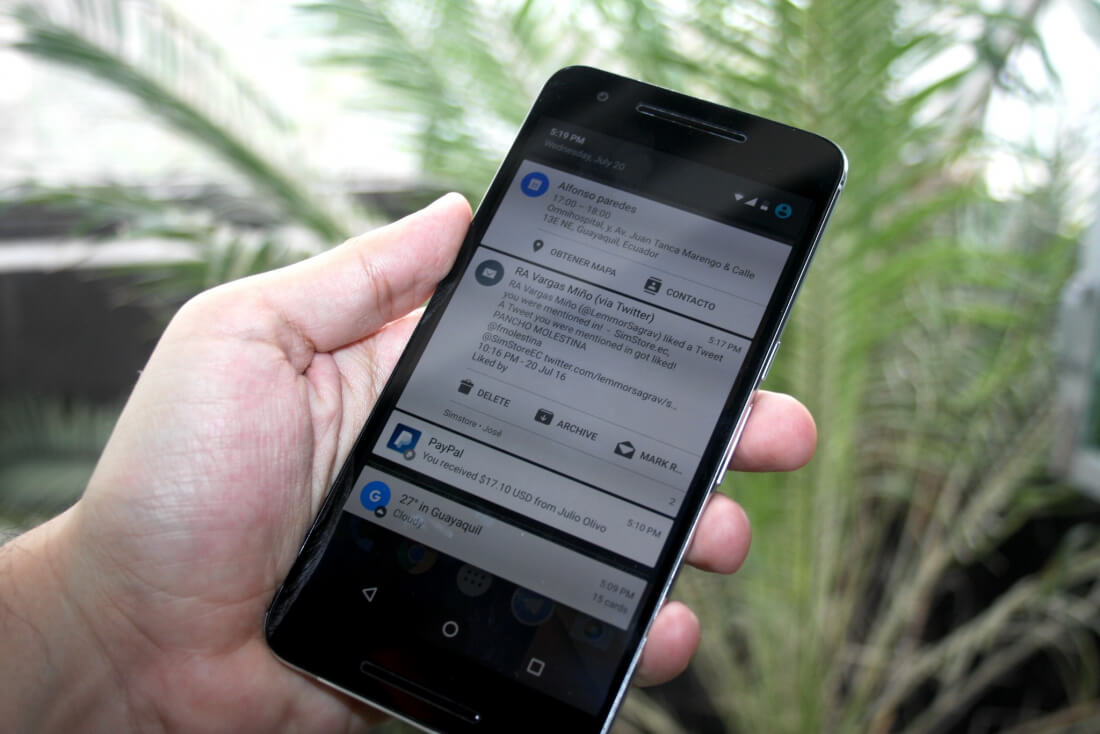
On Android I can respond to notifications with quick actions when I'm ready – archiving an email, marking a task as done, etc. Again this is an area where Apple is supposed to be catching up in iOS 10, though I've yet to try out the betas. Also, I like how by default Android doesn't add badges to app icons with pending notifications, instead opting for a small icon atop the screen. It makes things feel less cluttered.
Similar to iOS's Control Center, Android's quick settings panel is accessed by swiping down from the top of the screen, except it requires two swipes instead of one. This minor annoyance is offset by the ability to do more in less taps and also to customize quick settings toggles.
Indeed customization is a big part of the appeal of Android and I feel like I'm just scratching the surface after my first month with the platform. I don't care much about visual customizations but I do like being able to tweak the user experience.
For instance, I don't find much value in changing default icons and find most widgets ugly and annoying, but being able to place icons wherever I want has turned out to be an unexpected blessing coming from an iPhone. Using only the lower rows for apps on the main home screen helps keeping apps within reach in one-handed use. Also, the app drawer means I don't need to have several screens filled with icons for apps I rarely ever use.
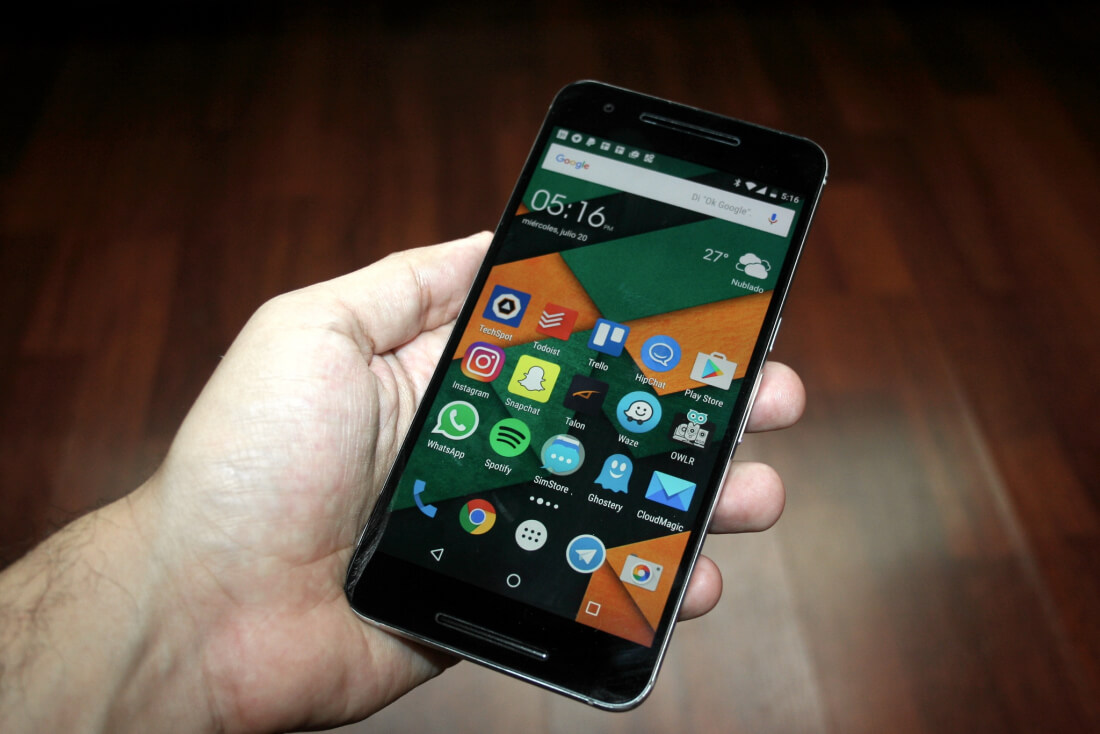
I still find the occasional quirk here and there and I feel the whole user interface and user experience is a little more consistent in iOS than Android. Sometimes I've found that in certain apps that I'm able to dismiss a photo with a swipe up or down but not so with a video or other type of media. And different apps handle these gestures and interactions in different ways which can be a bit confusing. I've also encountered a few rare occasions where some apps cause Android's soft buttons dissappear altogether and I have to lock/unlock the phone to make them surface again.
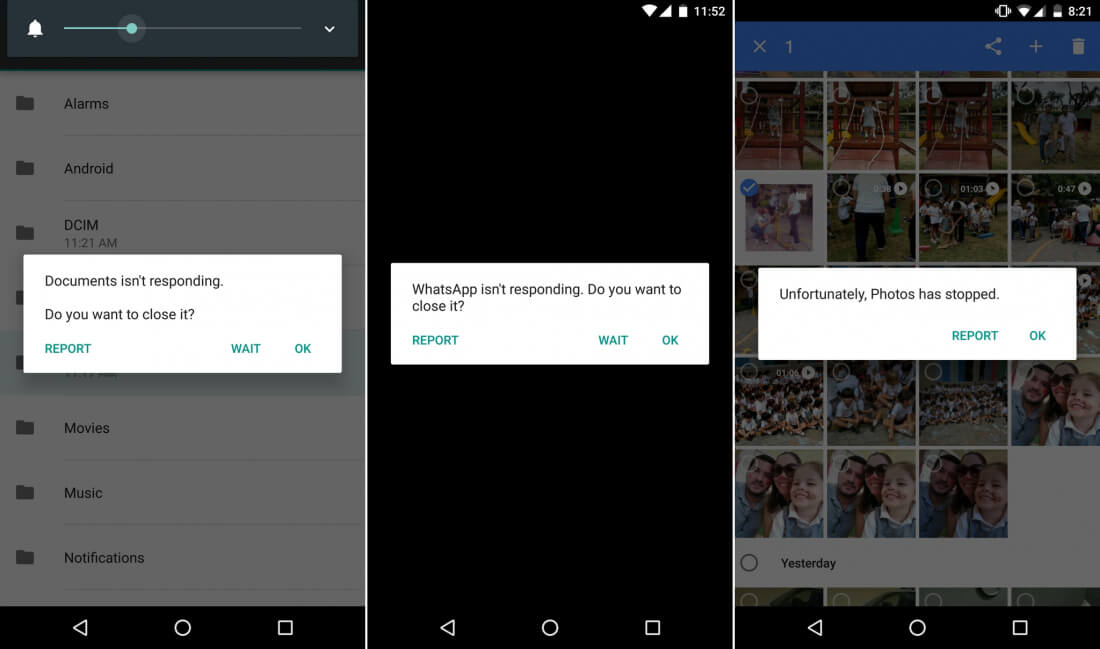
Likewise there are some little things I depend on regularly that are either better on iOS or missing altogether on Android. From password managers like 1Password that require you to switch keyboards on Android in order to use them, to something as simple as a system-wide scroll to top gesture, and of course, given I also have a MacBook I'm missing out on a bunch of platform specific services and Continuity features that work natively under the iOS + macOS ecosystem.
But in general both Android and iOS are very mature operating systems at this point and as a result there are not a lot of things that you can do with one and not with the other – they just have their own ways of doing things.
So, would I recommend Android to long time iPhone users?
If you feel iOS is not flexible enough or want decently spec'd phone with a more affordable price tag, Android has plenty to offer – just be prepared to do some work. Switching platforms will require some time to adjust and with Android since there's so much you can customize, you might end up spending a few hours messing with it to make it work the way you want it to. That's not a bad thing necessarily but coming from iOS the onboarding experience might seem a little less straightforward.
Apple is very good at locking you into their platform, however. If you're already heavily invested in Apple's ecosystem then it makes sense that you'd prefer a device that matches the experience that you're used to. With the iPhone you get a consistent user experience across the board, timely software updates, which will always work seamlessly with the hardware because Apple makes both.
I will be sticking with the Nexus 6P despite the fact that I am invested in Apple's ecosystem because at the end of the day it's an excellent smartphone and does everything I need it to do today. Whether I'll be sticking with Android permanently – well, that's something I'll find out when my next update is due.
 Your 'wrong person' texts may be linked to Myanmar warlord
Your 'wrong person' texts may be linked to Myanmar warlord
 Staff Picks: Slapstick, Stanzas, and Stuff by The Paris Review
Staff Picks: Slapstick, Stanzas, and Stuff by The Paris Review
 Staff Picks: Professors, Paychecks, and Poetry by The Paris Review
Staff Picks: Professors, Paychecks, and Poetry by The Paris Review
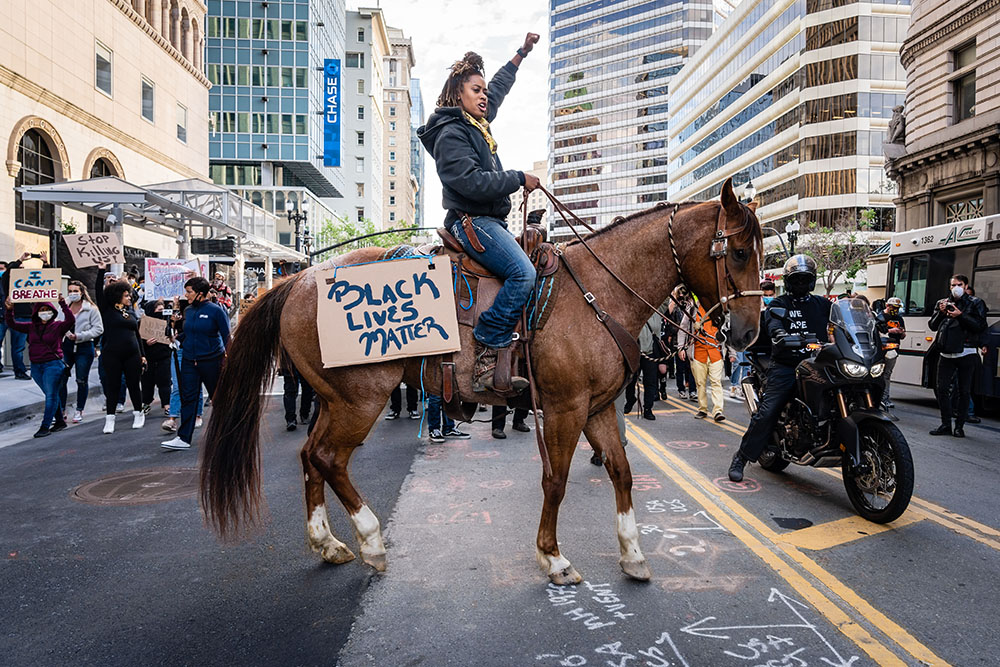 On Horseback by Nell Painter
On Horseback by Nell Painter
 Today's Hurdle hints and answers for May 5, 2025
Today's Hurdle hints and answers for May 5, 2025
 Taylor Swift, Miffy, and 4 more icons people searched for on eBay in 2023
Taylor Swift, Miffy, and 4 more icons people searched for on eBay in 2023
 4 major Samsung products rumored for 2024
4 major Samsung products rumored for 2024
 Ashes to Ashes, Eel to Eel by Patrik Svensson
Ashes to Ashes, Eel to Eel by Patrik Svensson
 Every MCU movie villain ranked, from "Iron Man" to "Thunderbolts*"
Every MCU movie villain ranked, from "Iron Man" to "Thunderbolts*"
 US Supreme Court warns of dangers of AI in legal profession
US Supreme Court warns of dangers of AI in legal profession
 Gods of War
Gods of War
 Graciliano Ramos and the Plague by Padma Viswanathan
Graciliano Ramos and the Plague by Padma Viswanathan
 CES 2024: 5 car trends we're expecting to see
CES 2024: 5 car trends we're expecting to see
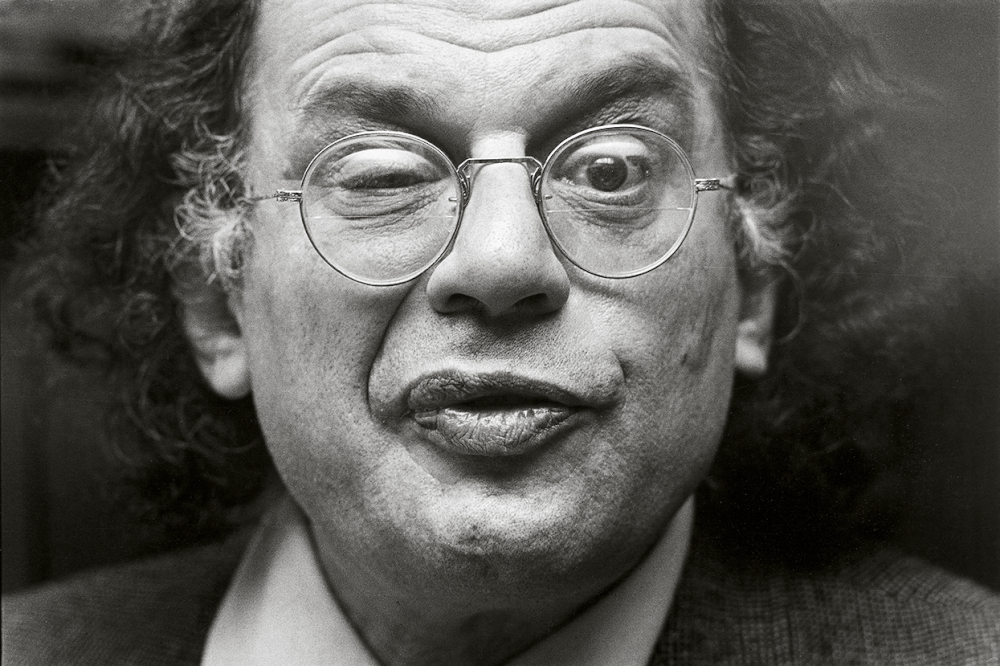 Redux: In the Latter Days by The Paris Review
Redux: In the Latter Days by The Paris Review
 Best Garmin deal: Save over $100 on Garmin Forerunner 955
Best Garmin deal: Save over $100 on Garmin Forerunner 955
 CES 2024: 5 car trends we're expecting to see
CES 2024: 5 car trends we're expecting to see
 Redux: The Heavenly Dolor by The Paris Review
Redux: The Heavenly Dolor by The Paris Review
 Redux: Landing without Incident by The Paris Review
Redux: Landing without Incident by The Paris Review
 New Year's Day streaming guide: Whatever ails you, we can help
New Year's Day streaming guide: Whatever ails you, we can help
The Paris Review Wins National Magazine Award by Nicole RudickMaira Kalman by Daisy AtterburyPart 3: To the Mandarin Oriental by Clancy MartinA Week in Culture: Joe Ollmann, Cartoonist by Joe OllmannStaff Picks: Geoff Dyer, Lydia Davis's Cows by The Paris ReviewNASA finds a harsh world possibly packed with volcanoesA Week in Culture: Chris Weitz, Director by Chris WeitzGeoff Dyer Tonight! by Nicole RudickThe Summer Issue: Redefining the Beach Read Since 1953 by Sadie SteinWho is Bernard Herrmann?Emily Fragos on Emily Dickinson’s Letters by David O'NeillDavid Orr: Lost in the Archives, December 1985 by David OrrSemantic Thrills; Yes, Generalissimo? by Lorin SteinInto the Deep by Lori NixEnrique VilaTPR vs. Vanity Fair: Literary Softball Bullshit by Cody WiewandtTPR vs. Vanity Fair: Literary Softball Bullshit by Cody WiewandtOn the Shelf by Sadie SteinStaff Picks: Wimbledon, Weeds, and Kreayshawn by The Paris ReviewHere with the Windies by Rachael Maddux Paul Walker's mom to Vin Diesel: 'You lost your other half' Ford's giving your local police a supercharged reason to go green These hyperrealistic handmade dogs will bend your mind These 25 companies will pay you the highest salaries, according to Glassdoor Facebook Messenger now has 1.2 billion users Snapchat's finally offering more location data to advertisers Kendrick Lamar reveals the tracklist for his new album, which features Rihanna and U2. Yes, U2. Yes, you can appear in the Han Solo movie Google's new AutoDraw wants to make drawing easier for everyone This is the gnarliest recipe in the new Ninja Turtles cookbook People totally freaked out about this fireball in the sky Finally, some good airline news: The FCC won't let people talk on cellphones during flights This may be one of the fastest goals ever scored in a football match 'Fear Factor' reboot hosted by Ludacris is coming whether you like it or not 'Fat or pregnant?' game show offends everyone. Surprise! Facebook Messenger just got more like Venmo Seth Rogen's North Korea tweet is too real Internet giants on net neutrality repeal: please don't do this Reporters share their bloopers in solidarity with daydreaming newsreader Fitbit's smartwatch is reportedly going through development issues
2.3161s , 10179.203125 kb
Copyright © 2025 Powered by 【Chilli and Banana】,Miracle Information Network